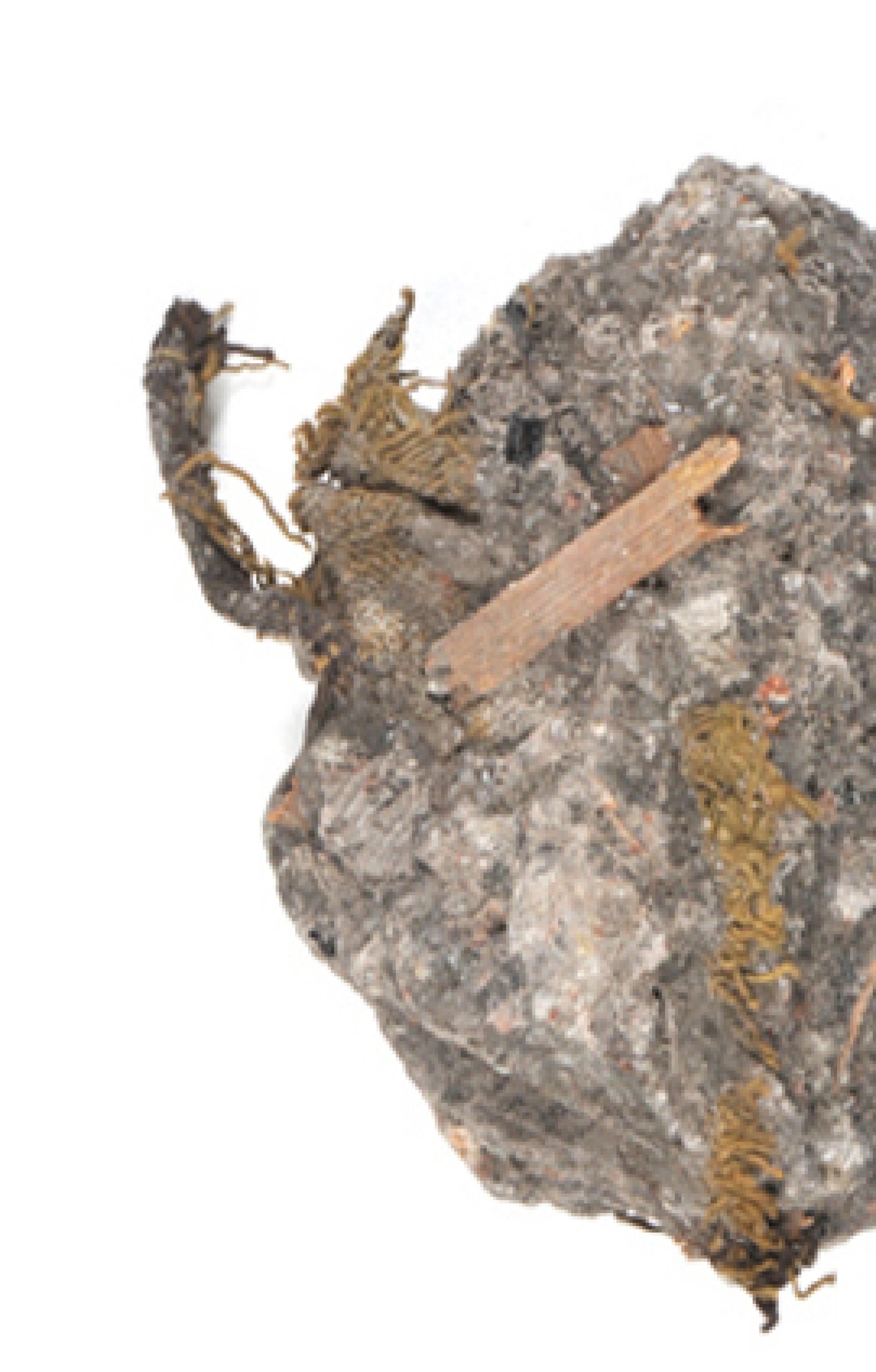Bones
Most of the bone and ivory finds which make their way into the restoration workshop at the Department of Prehistory come from
the site at Grub/Kranawetberg and the Latène period shrines in Roseldorf. They are carefully cleaned and stabilised before
being glued back together if necessary.
Wood and textiles
The numerous wooden objects from Hallstatt are looked after by the freelance restorer Robert Fürhacker and the Institute for Wood Research at the University of Natural Resources and Applied Life Sciences, Vienna.
Textiles, fur, skin and leather have been processed for many years by expert textile restorers from the Institute for Conservation
and Restoration at the University of Applied Arts Vienna. In cooperation with the Institute for Conservation and Restoration, the NHM has developed best-practice procedures for recovering,
exposing, cleaning and storing the items found in the salt mines. Extensive work has also been carried out on how best to
present and store the finds in the exhibition halls of the museum.




